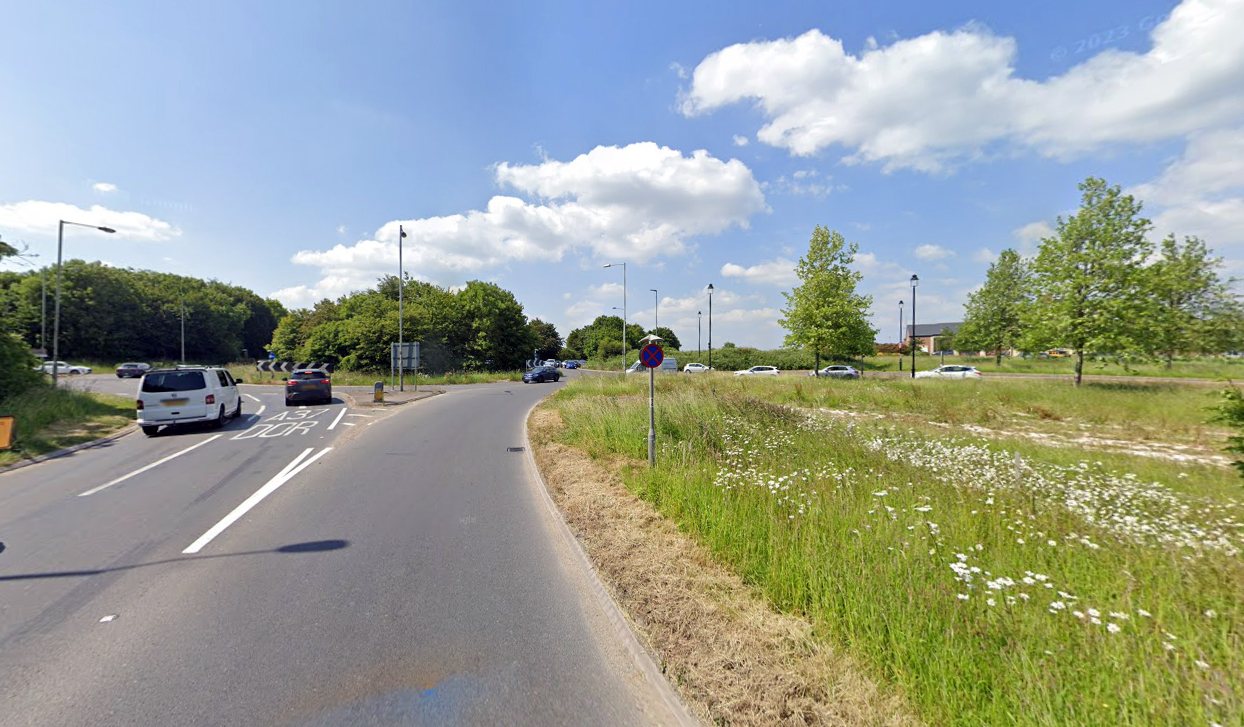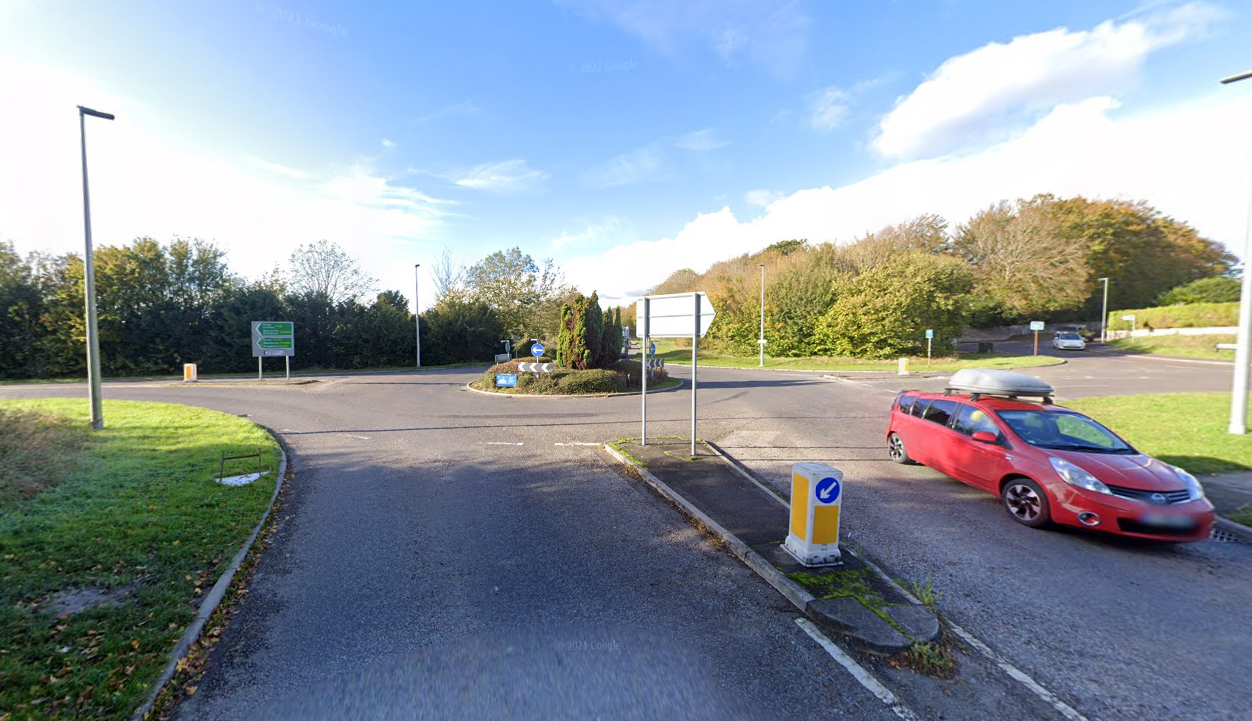DRAINAGE improvements at two Dorchester roundabouts have led to improved biodiversity and reduced costs for the sites.
National Highways worked with the Duchy of Cornwall estate on the work, at the Max Gate and Monkey’s Jump roundabouts.
Following the drainage work, last autumn the two teamed up to plan planting regimes at the sites, with funding from National Highways’ Environment and Wellbeing Fund.
As a result, instead of importing topsoil and seeding to return the verges to grass, native wildflowers were introduced to the roadsides of the A35, creating habitats for bees, butterflies and other insects.
The scheme saw 2,000 square metres of verge around the Monkey’s Jump roundabout improved, 3,000 square metres around the Max Gate junction and a further 1,000 square metres of land around the Max Gate pond area.
Utilising chalk waste and rough soils from the drainage schemes, the initiative has reduced the export and import of materials, both financially and environmentally, and the seeding and landscaping initiative is reaping the rewards of its success with the locations now bursting into colour, National highways said.

Wildflowers at the Monkey’s Jump roundabout in Dorchester. Picture: Google
Environmental advisor Ben Hewlett said: “This is a great example of how we are moving away from simply minimising the impact of our work on the environmental impacts towards actually improving the environment through our work.
“We now have a policy to introduce low nutrient soils and wildflower verges as part of our major projects programme and working with groups such as Natural England and Butterfly Conservation, it’s good to see this spreading into our regional maintenance and improvement work.
“The seeds have now germinated alongside the A35, a wildflower grassland is beginning to form and this will continue to evolve over the coming years – basically it means less money spent, less in maintenance costs and more biodiversity.
“The increase in wildflowers will not only have wider biodiversity benefits and provide some impressive visual displays, but it will also help to connect people with nature and improve the wellbeing of millions of people using our roads every day.”
The wildflower seeding alongside the A35 included the likes of Horseshoe and Kidney Vetch species, Bee Orchids, Cowslip and Oxeye Daisy, which, as well as being visually appealing, will play an important role in supporting pollinators and butterfly populations.
As part of the project, contractors Knighton Countryside created winter havens for other species such as toads, hedgehogs and snakes, out of the cuttings, and by avoiding the import of topsoil to the site, saved £75,000 in material and labour costs, as well as a significant saving in carbon emissions associated with haulage.

The Max Gate Roundabout also benefited from the scheme. Picture: Google
Clare Warburton, Natural England’s green infrastructure principal advisor, said: “We welcome this step change in the way road verges are designed and managed, and this could make a significant contribution to recovering nature on our verges.
“Low nutrient verges can help to reduce the likelihood of invasive species like creeping thistle, and increase native species we love to see, like oxeye daisy and bird’s-foot trefoil and even rarer flowers, such as orchids, as well as being great for bees and pollinators.”
Mark Schofield, Plantlife’s national road verges advisor, added: “Our research shows that nearly half of our entire flora grows on our verges, making this an exceptionally important habitat for wildlife, which needs all the help it can get.
“We warmly welcome this new approach – it’s highlighted in our best practice guidance developed in partnership with National Highways and others.
“This new way of working is part of the systemic change our green infrastructure management needs if we are to reverse nature’s decline, and this exciting move to reduce verge fertility is an effective way to reduce cost to the public purse and to reduce the carbon footprint of construction and maintenance, while improving road user safety due to reduced vegetation growth.
“The creation of more natural and less fertile soils in this way supports a greater diversity of native plants and the rest of biodiversity that depend upon them.”










Leave a Reply